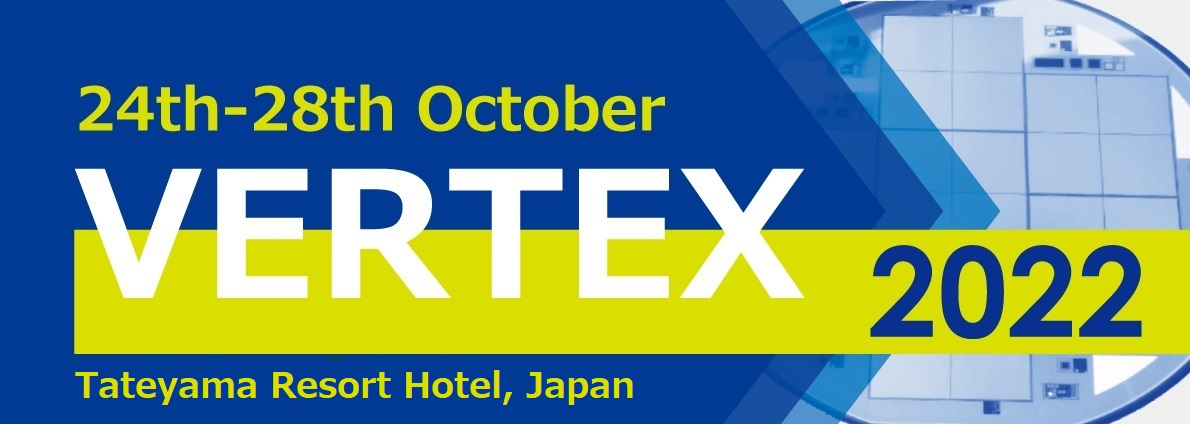Speaker
Description
The LHCb experiment is a forward spectrometer at the Large Hadron Collider designed to study decays of beauty and charm hadrons. After a very successful data taking phase, an upgraded detector is constructed and currently being commissioned with the goal of taking data at a luminosity of $2 \times 10^{33} \mathrm{cm}^{-2} \mathrm{s}^{-1}$. A key feature is the implementation of a flexible software trigger that requires all the detector components to push out their information at 40 MHz and a fast track finding algorithm that allows for fast event processing. The Upstream Tracker (UT) of LHCb, located upstream of the LHCb bending magnet, is part of the tracking system comprised of the pixel vertex detector (VELO), surrounding the interaction region, and the SciFi detector, located downstream the magnet. The UT is crucial for charged track reconstruction and fast trigger decisions based on a tracking algorithm involving also vertex detector information.
The detector consists of four planes with a total area of about 8.5
m$^2$, made of single-sided AC coupled silicon strip sensors featuring embedded pitch-adapters, read out by a novel custom-made ASIC (SALT). Modules composed of a SI detector, the hybrid circuit hosting the SALT ASICS mounted on a boron nitride stiffener are mounted on both sides low-mass structures (staves) providing mechanical support and cooling. The near detector electronics, assembled on the top and bottom of the detector box, provides the interface to the remote data acquisition system and the control signals necessary to configured and read out the SALT ASICs. Low-noise power is provided by low voltage regulator boards located about 10 m from the detector. This contribution describes the various components with particular emphasis on the lesson learned during the assembly, the mechanical and electronics quality assurance of the various subsystems, in preparation for the commissioning phase planned for the year-end technical stop.
| contact person e-mail | dimitra.andreou@cern.ch |
|---|
